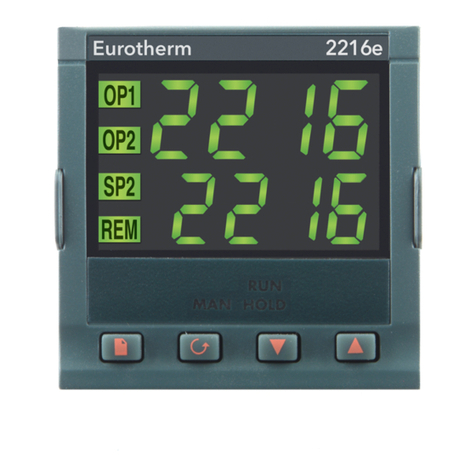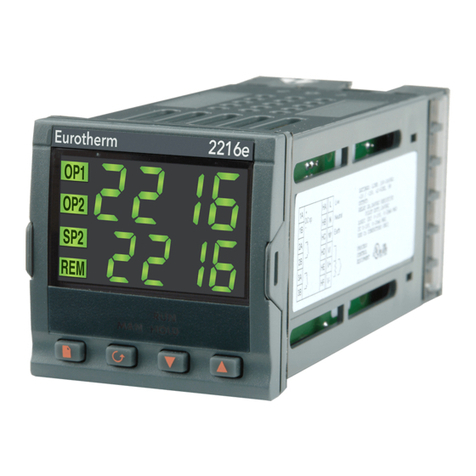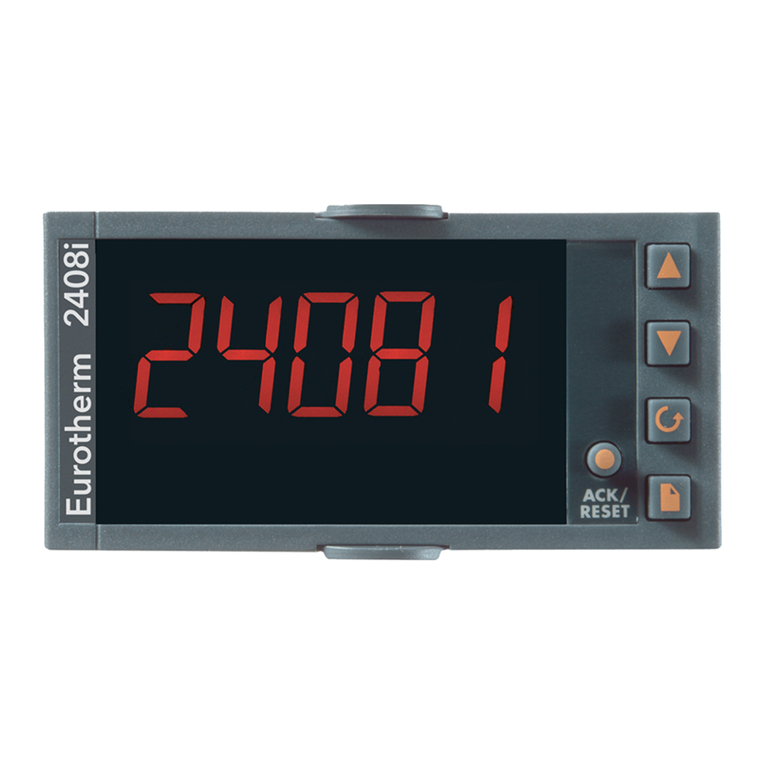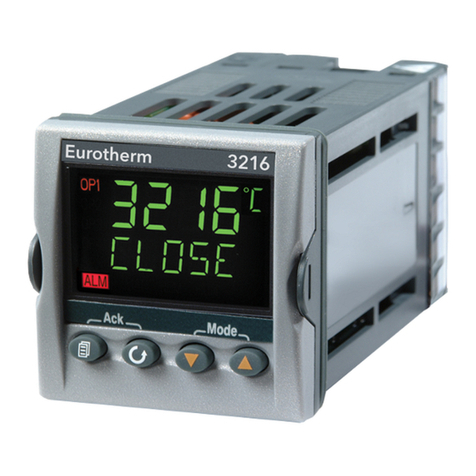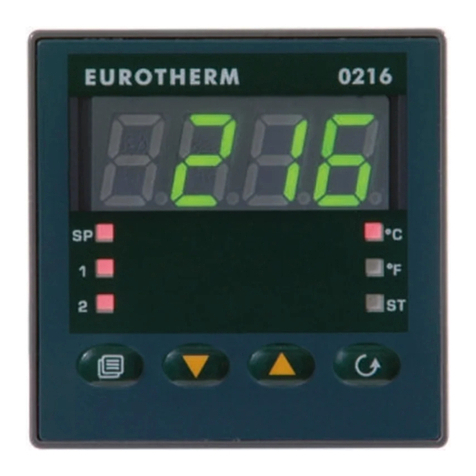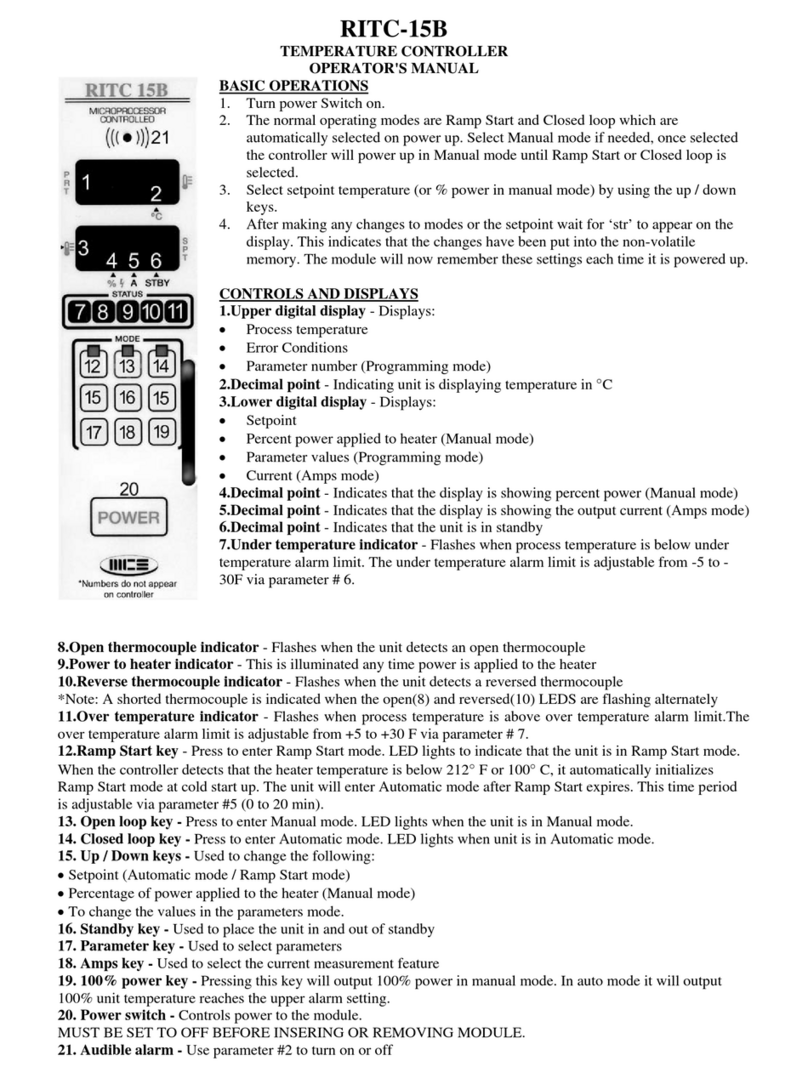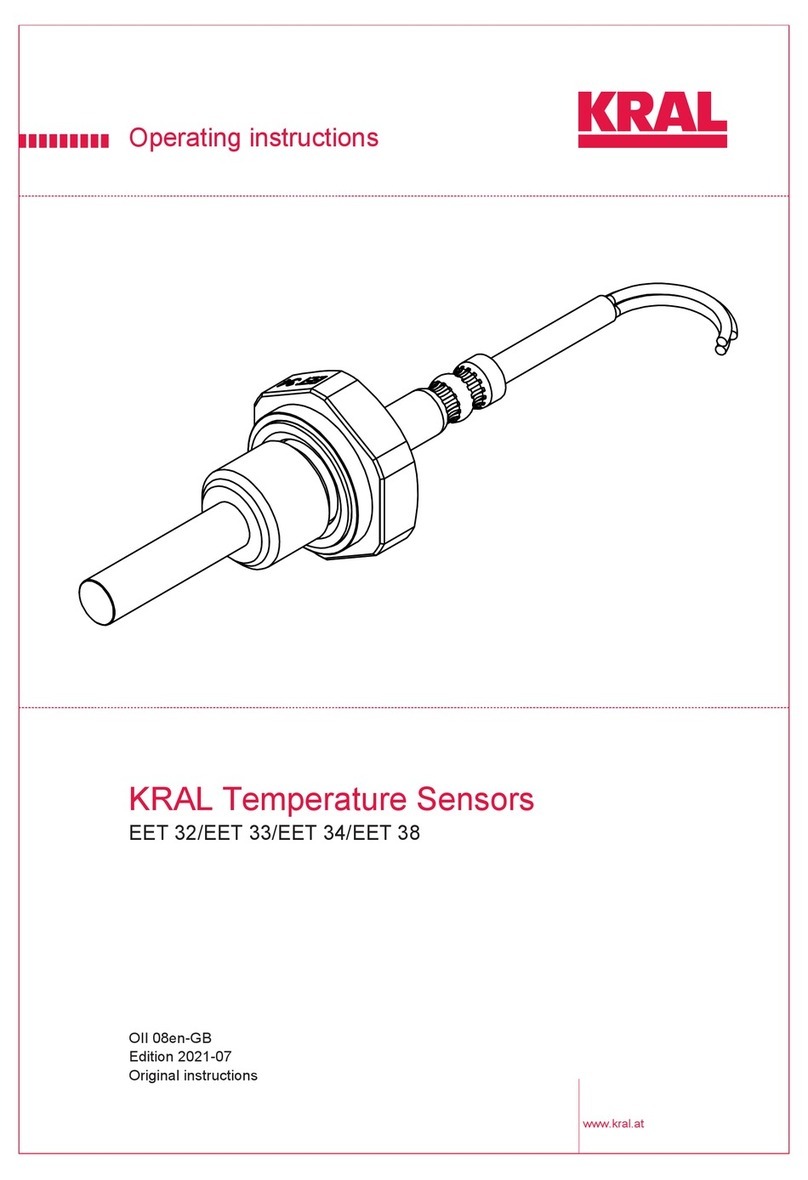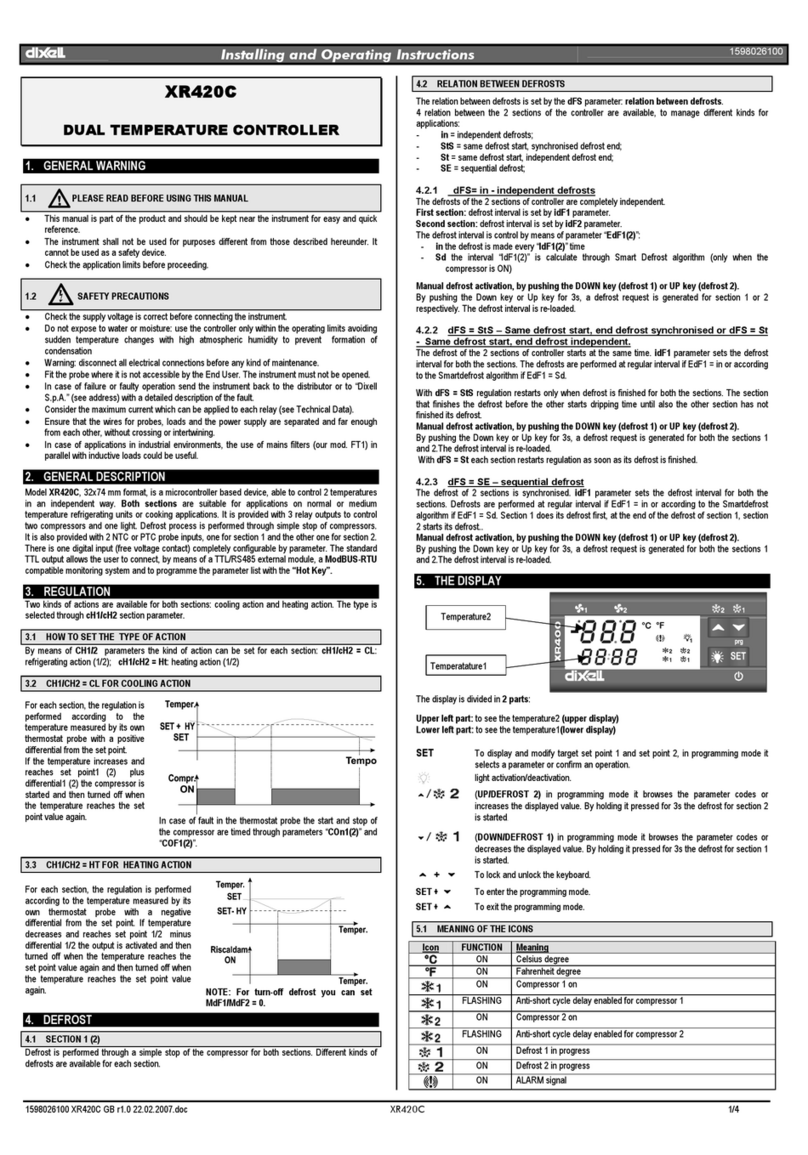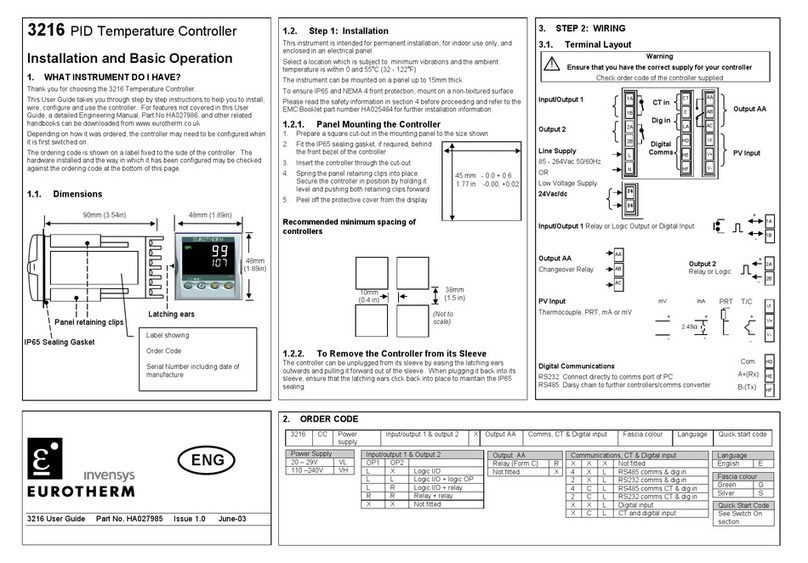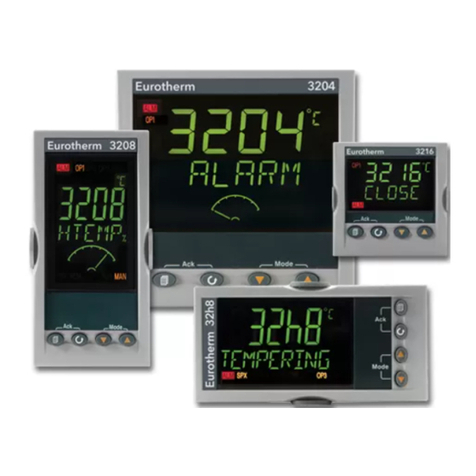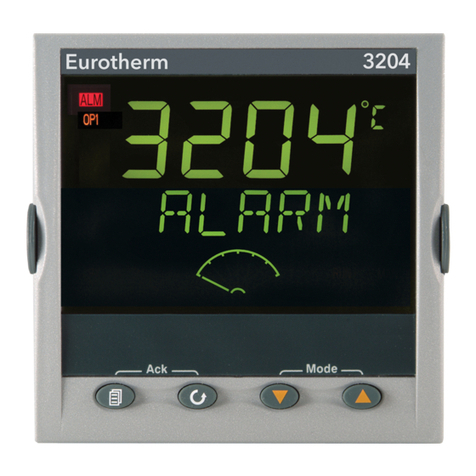
3100/3200 Series
Part No HA028651 Issue 2.0 Dec-04 3
11.3 Integral Action and Manual Reset .................................................................................................... 50
11.4 Relative Cool Gain ............................................................................................................................ 50
11.5 Control Action.................................................................................................................................. 50
11.6 On/Off Control ................................................................................................................................. 50
11.7 Valve Position Control...................................................................................................................... 50
11.8 Loop Break Time............................................................................................................................... 51
11.9 Cooling Algorithm ............................................................................................................................ 51
11.10 Control Parameters ...................................................................................................................... 52
11.11 Example: To Configure Heating and Cooling ............................................................................... 53
11.11.1 Effect of Control Action, Hysteresis and Deadband ..................................................................................................54
12. Alarms ........................................................................................................................... 55
12.1 Types of Alarm ................................................................................................................................. 56
12.1.1 Alarm Relay Output............................................................................................................................................................57
12.1.2 Alarm Indication..................................................................................................................................................................57
12.1.3 To Acknowledge An Alarm...............................................................................................................................................57
12.2 Behaviour of Alarms After a Power Cycle.........................................................................................58
12.2.1 Example 1 ..............................................................................................................................................................................58
12.2.2 Example 2 ..............................................................................................................................................................................58
12.2.3 Example 3 ..............................................................................................................................................................................58
12.3 Alarm Parameters............................................................................................................................. 59
12.3.1 Example: To Configure Alarm 1 .....................................................................................................................................60
12.4 Diagnostic Alarms ............................................................................................................................ 61
13. Timer/Programmer......................................................................................................... 62
13.1 Timer Parameters ............................................................................................................................. 62
13.2 Programmer ..................................................................................................................................... 64
13.2.1 Threshold...............................................................................................................................................................................64
13.2.2 Run/End Digital Outputs....................................................................................................................................................65
13.2.3 Event Outputs.......................................................................................................................................................................65
13.2.4 To Configure the Programmer ........................................................................................................................................66
13.3 Example: To Configure a Dwell Timer as a Simple Two Step Programmer........................................ 67
14. Recipe............................................................................................................................ 70
14.1 To Save Values in a Recipe ............................................................................................................... 70
14.2 To Save Values in a Second Recipe................................................................................................... 70
14.3 To Select a Recipe to Run................................................................................................................. 71
14.3.1 List of Default Recipe Parameters:..................................................................................................................................71
15. Digital Communications ................................................................................................. 72
15.1 Digital Communications Wiring........................................................................................................ 72
15.1.1 RS232......................................................................................................................................................................................72
15.1.2 RS485......................................................................................................................................................................................72
15.2 Digital Communications Parameters ................................................................................................ 73
15.2.1 Broadcast Communications..............................................................................................................................................74
15.2.2 Broadcast Master Communications................................................................................................................................74
15.2.3 Wiring Connections ............................................................................................................................................................74
15.3 Example To Set Up Instrument Address ........................................................................................... 75
15.4 DATA ENCODING.............................................................................................................................. 75
15.5 Parameter Modbus Addresses .......................................................................................................... 76
16. Calibration .....................................................................................................................86
16.1 Two Point Offset............................................................................................................................... 86
16.2 Input Calibration .............................................................................................................................. 87
16.2.1 Precautions............................................................................................................................................................................87
16.3 Output Calibration ........................................................................................................................... 87
16.3.1 To Calibrate mV Range......................................................................................................................................................87
16.3.2 Thermocouple Calibration................................................................................................................................................88

